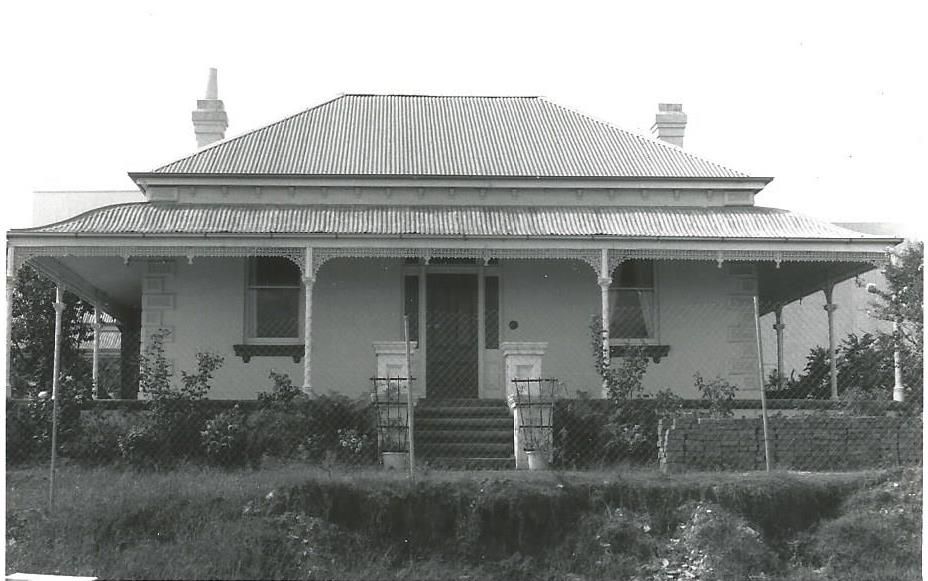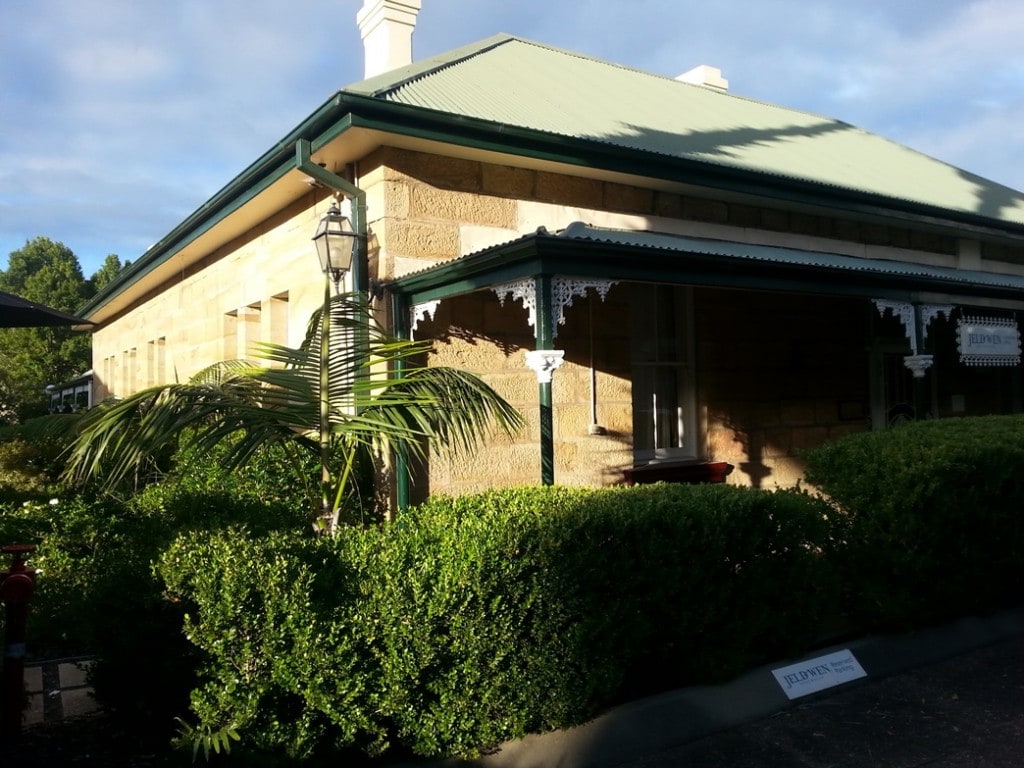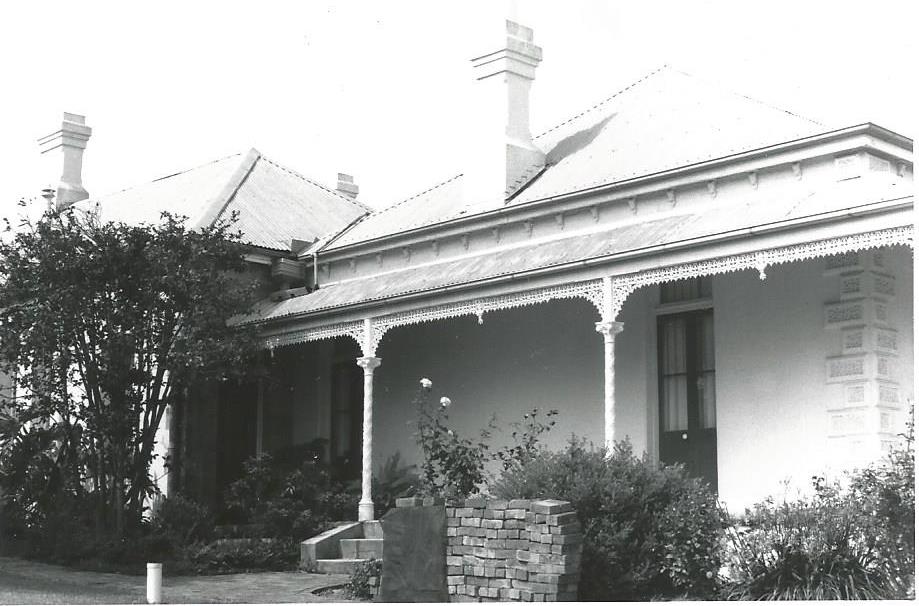
Tucked away on the bank of the Parramatta River at 38 South Street, Rydalmere lies one of the area’s hidden treasures. ‘Truganini’ is likely to have been named after the Tasmanian Aboriginal woman Trugernanner and was constructed on Manning’s Farm. It was one of a number houses including ‘Yaralla’ and ‘Newington’ which were built along the riverbank during the 1800s by prosperous landholders taking advantage of the beautiful aspect, the recreational opportunities and the prestige of a riverside estate.
The site has had many owners over its long and interesting history. The history of ‘Truganini’ is firmly linked with that of the immense land holding on the northern bank of the river amassed by Hannibal Hawkins Macarthur. By 1822 his estates at Rydalmere encompassed ‘Portion 163’ (140 acres) known as ‘The Vineyard’ first granted to Phillip Schaeffer in 1791. Also included in this were ‘Portion 164’ (160 acres) granted to Macarthur in 1822, ‘Portion 122’ (80 acres) granted to James Manning in 1792 known as ‘Manning’s Farm’ and ‘Portion 123’ (80 acres) granted to John Carver known as ‘Carver’s Farm’.
In 1836 Macarthur completed the mansion ‘Subiaco’ near the creek which bears its name. Macarthur’s prosperity was not to last and in 1848 his properties were sequestrated resulting in the subdivision and sale of his vast landholding. Subsequent owners of ‘Truganini’ include Catholic Archbishop of Sydney, John Bede Polding, and land developer Thomas O’Neill.
From 1886 the property was owned by Thomas Michael Williamson, a lime and cement merchant from Petersham. It is thought that the name ‘Truganini’ dates from this time and it was certainly in use by 1891 as The Cumberland Argus and Fruitgrowers Advocate announced the birth of his daughter Bertha on this property. That same year Williamson was elected as an alderman on the newly formed Ermington/Rydalmere Municipal Council where he served as Mayor for several years. Unfortunately his fortunes waned and he was unable to repay a mortgage to City Bank of Sydney. A clearing sale of all his household effects was held onsite in September 1893 and the estate was sold by the mortgagees in July 1896.
The auctioneers advertised ‘Truganini’ as a ‘magnificent estate’ of 10 acres complete with a substantial 10 room sandstone homestead set in a lovely garden replete with fruit and ornamental trees, shrubberies, lawns, tennis courts and flower gardens. With a coach-house, servant’s quarters, boat-house and windmill, altogether the perfect residence for a gentleman and his family.
More recently the area was designated for industrial subdivision and it was through the far-sightedness of its owners from 1946, International Combustion Pty Ltd (ICAL) that the house has been preserved. For many years the company used the premises for board meetings as well as accommodation for overseas guests ensuring a high standard of maintenance and conservation.
The structure is composed of several distinct but conjoined buildings. The oldest section constructed of picked golden sandstone is highly significant as it is possibly the only tangible link with Macarthur’s vast property.
With its simple but elegant symmetrical façade, the section of the house facing the river was constructed in the latter part of the nineteenth century. The entrance door flanked by sidelights and transom above. The bellcast iron verandah, separate from the main roof is supported on cast iron columns with a decorative cast iron freize. The double hung windows are ornamented by projecting sandstone ledges. The façade is further enhanced by vermiculated plaster quoins.

‘Truganini’, 38 South Street Rydalmere_Parramatta City Council Research Collections, 20150410_072215, 2015
‘Truganini’ today is situated within an industrial precinct but may be glimpsed from the cycleway which runs along the river near Park Road, Rydalmere.
![]() Written by Cathy McHardy, Research Assistant, Parramatta City Council Heritage Visitor centre, 2015
Written by Cathy McHardy, Research Assistant, Parramatta City Council Heritage Visitor centre, 2015
References:
NSW Index to Births, Deaths & Marriages
The Cumberland Argus and Fruitgrowers Advocate: 30 Sept 1893 p. 5; 18 July 1896 p. 9
Parish Map: Parish of Field of Mars, County of Cumberland 1890
The Sydney Morning Herald: 18 May 1891 p. 8
Truganini: Stage 1 Conservation Plan: Peter Morris (1990)
Dictionary of Sydney: Rydalmere http://dictionaryofsydney.org/entry/rydalmere
Parramatta: A past revealed: Terry Kass, Carol Liston & John McClymont (1996)



